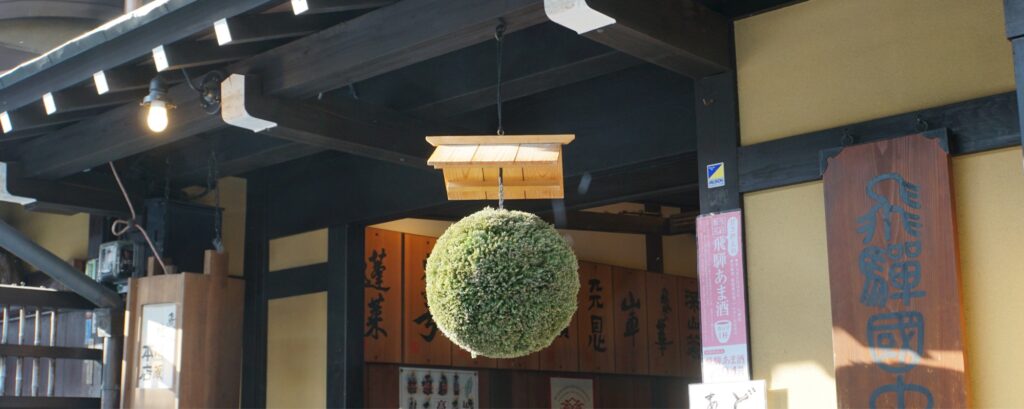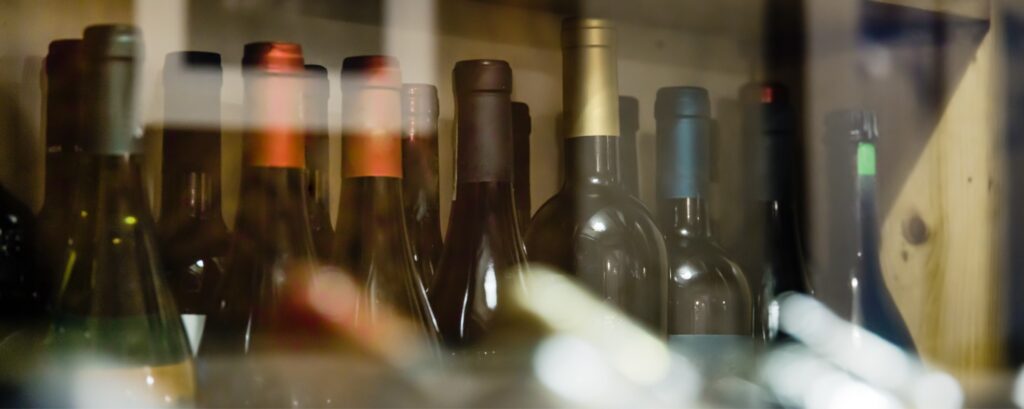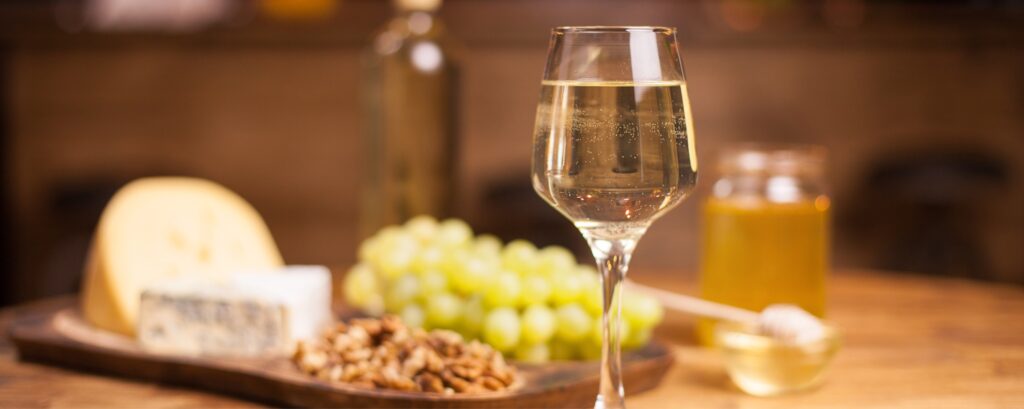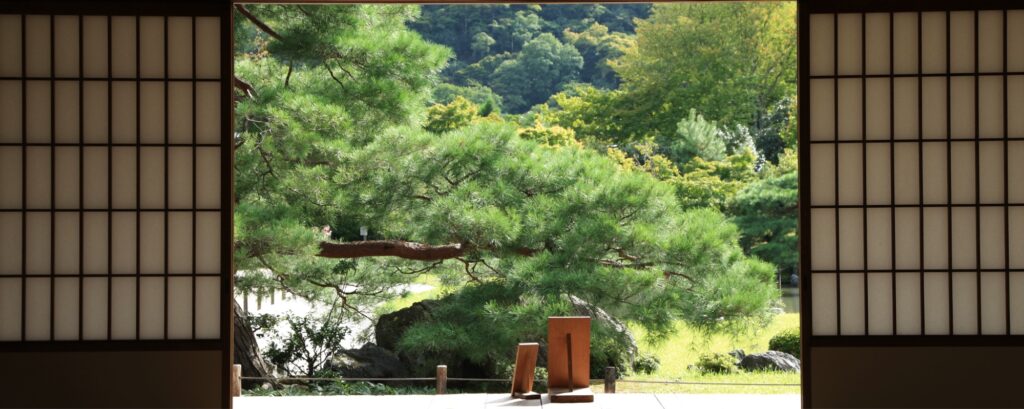
Serving
Variation and serving options of Sake
Recommendations of Sake may require some knowledge. There are a variety of Sake available in markets, so you might be concerned about what Sake to propose when you are asked for a recommendation. Recommendations of Sake needs to be customized according to the seasons as well as each individual preference, therefore they are not easy. This article focuses on the tips for proposals of Sake suitable for different occasions.
Contents
Why Sake?

Why do people consume alcohol? The motivations, of course, depend on each individual, however a majority respond ‘because it is tasty, relaxing / releasing stress’, or ‘it can make you feel cheerful’ and so on. A small amount of Sake is said to have a positive influence to our bodies. Alcohol is now a part of people’s food culture.
Then, why do people choose Sake among all kinds of alcohol beverages? What do people expect particularly from Sake?
Here are some main responses.
- wide range of temperature options
- Cold Sake in summer, and warm Sake in winter to feel the season
- Well-matched with food
- Rich with high contents of amino acid to compose Umami
- Weaker body-cooling effect compared with other alcoholic beverages. Improve skin conditions
- Variations of Sake to reflect characters of local regions
- Highly valued alcohol made through parallel fermentation process which requires high level of technics
- Alcohol representing Japan
There are limited but core responses which servers of Sake should keep in mind.
Attentions to be paid when serving

Types of Sake
Category of Sake comes as first item that explains its identity. There are 8 classifications of特定名称酒. Its categorizations is made dependent on the methods of production.
Ginjo Daiginjo Junmai Junmai Ginjo, Junmai Daiginjo, Tokubetsu Junmai, Honjozo and Tokubetsu Honjozo. Their flavours and aromas are different, so the matching dishes can vary.
Sake wear
Sake can provide three different sensory pleasures. For Colours, aromas and flavours to be fully enjoyed, it is important to choose a suitable Sake wear to maximize its features. Sake with fruity aromas, like Ginjo style Sake, may be best enjoyed by a cup with large spout, whereas Junmai style Sake delivering the authentic flavours of rice can be enjoyed by a cup with a narrow spout to easily deliver the Sake all over the mouth. Glass wears called Kiriko having a cool look are suitable for Honjozo style of fresh Sake, and wine glasses are ideal for long-aged Sake to enjoy its colour. Tin(錫) cups are recommended for warm Sake as they can maintain the warmth.
Temperature
Compared to other alcoholic beverages, Sake has relatively a wider temperature options for drinking. There are suitable temperatures for each type of Sake, so servers should well be aware of the best serving temperature for each Sake.
Cold Sake “Hiyazake”
to detect sweetness, so acidity from malic acid appears more prominent.
6-8 degrees Celsius : Futsu-shu, Honjozo-shu and Nama-sake of Junmai-shu
8-12 degrees Celsius : Ginjo style Sake
Normal temperature (Room temperature)
Normal temperature for Sake is considered as room temperature. Room temperature varies in seasons, day or night, under the light or in the shadow, however, it is often assumed 15-20 degrees Celsius. The suitable temperature for wine consumption is said 18 degrees Celsius, so the range is similar for Sake.
15-18 degrees Celsius : Hutsu-shu, Honjozo-shu, and Junmai-shu
18-20 degrees Celsius : Kimoto style of Junmai-shu and long-aged Sake “Koshu”
Warm temperature “Kan (燗)”
As mentioned above, sweetness is reduced at a lower temperature. It means, sweetness rises when the temperature goes up. With a sweeter flavour, bitterness and other unpleasant flavours are covered to create a well-balanced taste. This is partly why warm Sake is popular.
30-60 degrees Celsius : Junmai-shu and Honjozo-shu
Pairing with cuisines

Since Sake is an alcohol to be enjoyed over meals, proposing a matching combination is critically important.
Its ingredient being rice, sake can be paired not only with Japanese, but also with Western, Chinese and other kinds of cuisines. There is a variety of flavours and aromas in different types of Sake. It means Sake has a wide range of options, therefore it is hard to propose the best bottle to pair with food. There is a basic understanding that the tones of flavours should be matched between the food and Sake, however it can be up to personal preference so it does not provide a perfect solution for every occasion.
By knowing its type, the tone of flavours and aroma, suitable serving temperature, you could propose your original pairing ideas. There are unlimited ways to enjoy the pairings.
Stories behind the Sake and breweries

There are about 15,000 labels of Sake available in market. It is hard to find our favourite bottle out of this huge choices. Encountering your favourite taste can be considered as fortunate. If you happen to find your favourite tastes at a random bar or recommended by drinking mates, you are fortunate. If you encounter a special bottle you like, try to check out the brewery of its production and fill up your curiosity as well. Knowing the region, methods and stories behind the production, you should enjoy the bottle even more. There are 15,000 variations under the category of Sake. There are no identical stories and I am sure you will sense the deepness of Sake.
To wrap up, there is a large number of Sake available in market, so it is really hard for us to find the most preferable bottle. Even the long-time lovers of Sake might have not encountered their favourite taste among the 15,000-label list. Spreading opportunities to propose Sake at the best timing can result in an increase in the numbers of Sake lovers. You could try out new types of Sake from your knowledge and recommendations of experts, then feel free to deliver your experiences to your drinking friends!
ikki is looking for a partner who can post your knowledge or activity on our media. If you are interested please contact us through CONTACT page.







